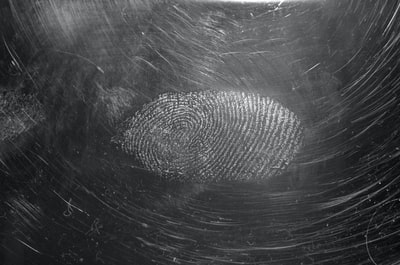
1. The table below shows the amount of different types of background radiation that the average UK citizen is exposed to in a year.
| Radiation type | Dose of radiation (millisieverts (mSv)) |
| Radon gasRocks and buildingsCosmic raysFood and drinkMedical (X-rays etc.)
Other (including power stations and nuclear weapons testing) |
1.250.350.300.250.34
0.0 |
a) How much radiation in total is the average person in the UK exposed to?
b) Looking at the data, which of the following statements is true:
– Radiation from natural sources is much higher than from artificial sources.
– People who haven’t ever had an X-ray receive 50% of their radiation does from radon gas. – In the future, less people will be exposed to radon gas.
c) Within the home, the concentration of radon gas varies on a daily basis. It can even build up to be a health risk. In fact, it is estimated that between 1000 and 2000 people die every year sue to radon gas radiation. Why can’t an exact figure be provided for the number of deaths?

a) Explain what’s meant by an isotope.
b) When uranium-235 emits an alpha particle is becomes an atom of thorium. What is this type of decay called?
c) Complete the equation below:
235 __ 4
U ? Th + He
92 __ 2
d) Uranium is used in some nuclear power stations. Name another substance commonly used in some nuclear reactions.
3. Atoms are composed of three different particles.
a) Complete the table below.
|
Particle |
Relative mass |
Relative charge |
|
Electron |
Very small |
-1 |
|
Neutron |
||
|
Proton |
1 |
b) Why does an atom have no overall electrical charge?
——————————————————
ANSWERS
1. a) 2.5
b) Statement 1
c) Other factors could involved as well.
2. a) An isotope is an atom of the same element but which contains different numbers of neutrons.
b) Alpha decay
c) 231
Th
90
d) Plutonium-239
3. a)
|
Particle |
Relative mass |
Relative charge |
|
Electron |
Very small |
-1 |
|
Neutron |
1 |
|
|
Proton |
1 |
1 |
b) Because it contains an equal number of protons and electrons which have equal but opposite charges.